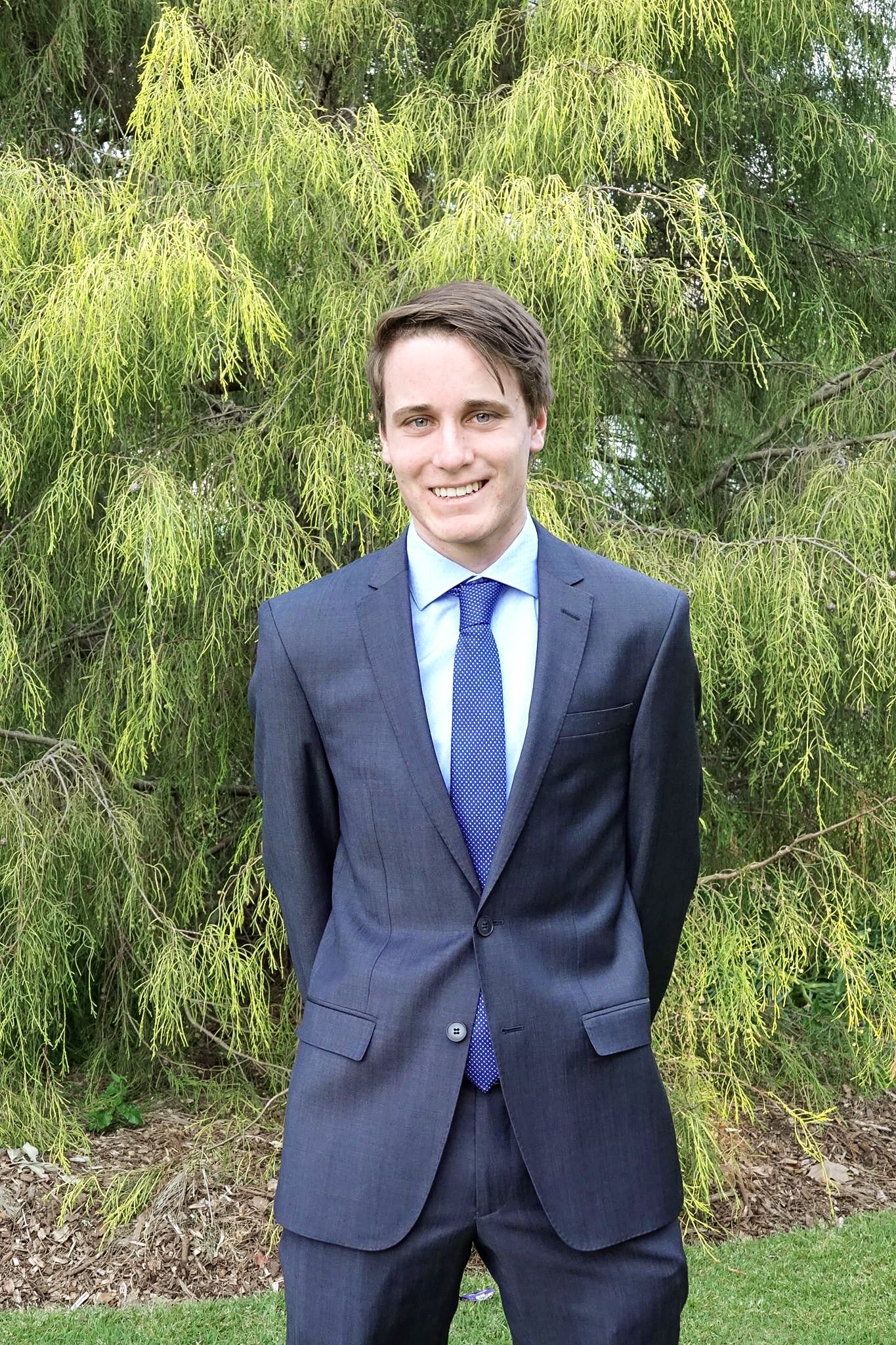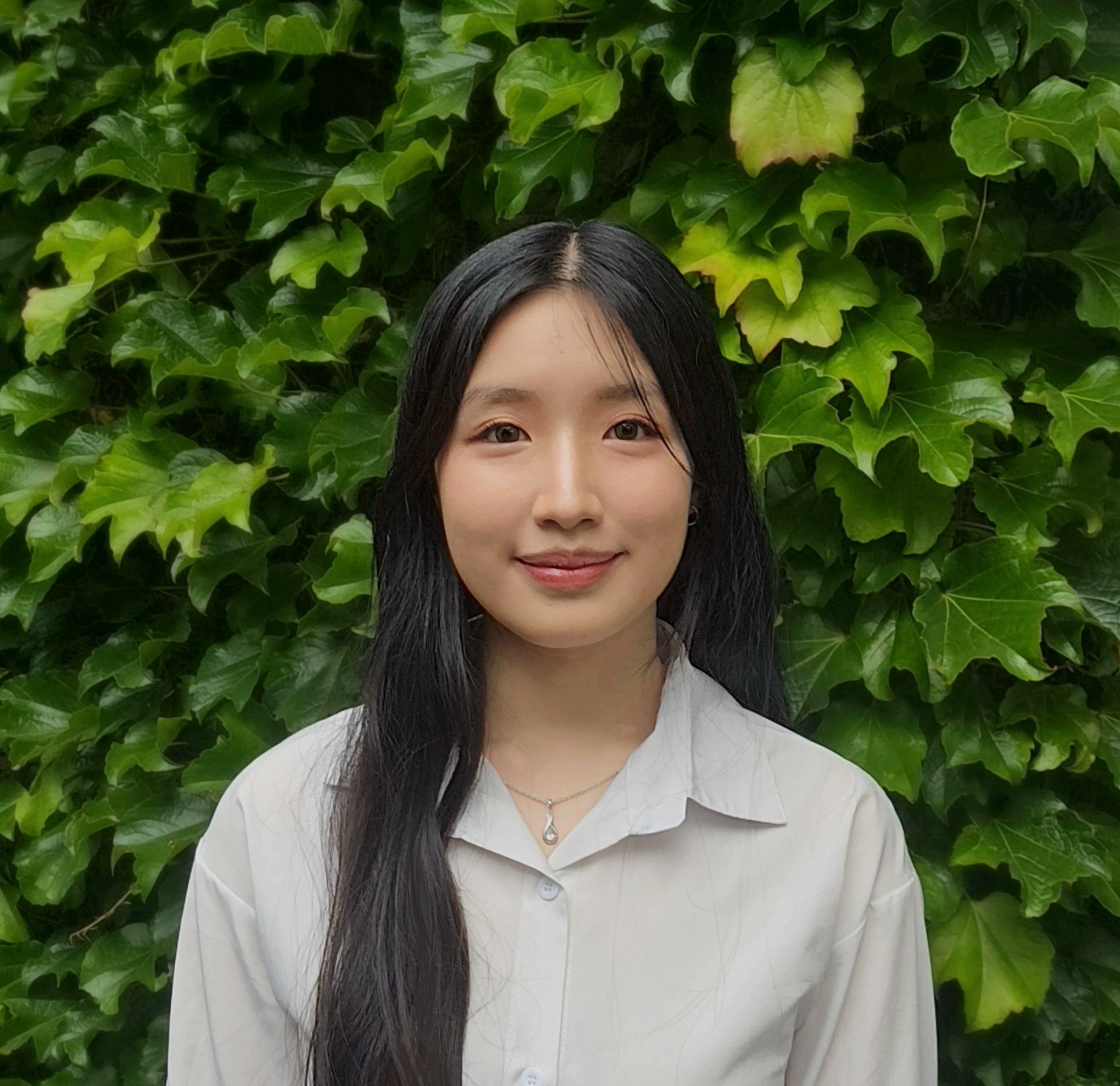Chih Yuan (Yuan) Chan
Investigation of the switching threshold in the Switching Observer Model for human perceptual estimation
This project aims to elucidate the neural computation processes that inform human perception by applying a combination of mathematical modelling, statistical inference, and machine learning algorithms on an experimental behavioural neuroscience data set. We will begin by considering a range of mathematical models for human perception including purely Bayesian models and heuristic models, then explore approaches to switching between models such as Hidden Markov Models, with estimation by Expectation Maximisation or Markov Chain Monte Carlo. Estimates from these models could provide further insight into how human perceptual estimation is made.
A particular focus of the project is to investigate the “switching threshold” in Switching Observer-style models. By explicitly modelling the process of switching between perception models, the study aims to cluster the various neural factors that contribute to perceptual estimation. It is hypothesised that the switching threshold balances statistical optimality with the conservation of neural resources.

Chih Yuan (Yuan) Chan
University of New England
Chih Yuan (Yuan) Chan is a 2nd year student currently undertaking a Bachelor of Science in Computational Science and Neuroscience at the University of New England. In his previous life as a Structural Engineer, he was focused on designing infrastructural systems for the Built Environment. Fast forward several years later, his focus has shifted to probing the depths of that magnificent biological structure known as the human Brain. He particularly enjoys the application of statistical and computational approaches to model complex neural processes and is continually fascinated by the power of Bayesian Causal Inference to explain human behaviour in a vast number of perceptual, sensorimotor, and motor tasks. Someday, Yuan hopes to be able to apply his understanding of the brain to develop neuroprostheses that can improve the quality of human lives. In the meantime, he just wants to solve the enduring mystery of why his brain doesn’t always make rational decisions.



